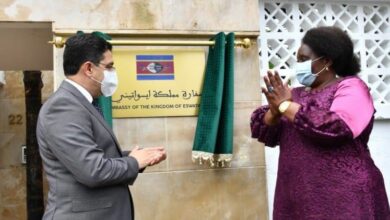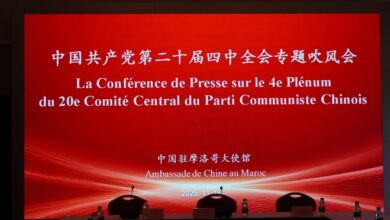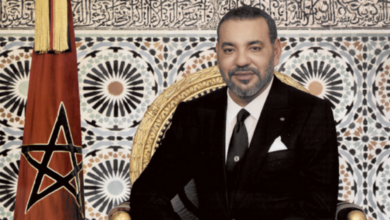At the Heart of Beijing: A Journey into the Soul of Chinese Culture Between Temples of Wisdom and Tea Rituals
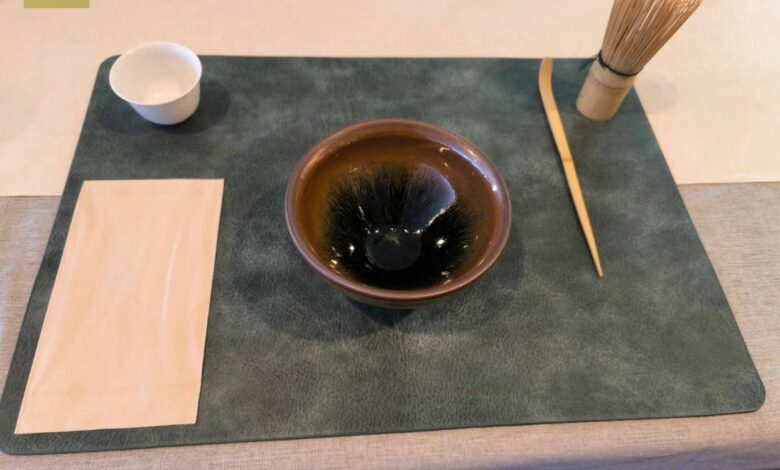
ALDAR/
In one of Beijing’s historically rich neighborhoods, I experienced two moments that left a profound impact on me, allowing me to truly grasp the essence of ancient Chinese culture. The first was a visit to the Dongyue Temple, one of the most prominent Taoist landmarks, and the second was learning the traditional art of tea preparation—an experience far beyond a simple beverage, but rather a ritual filled with serenity, contemplation, and discipline.
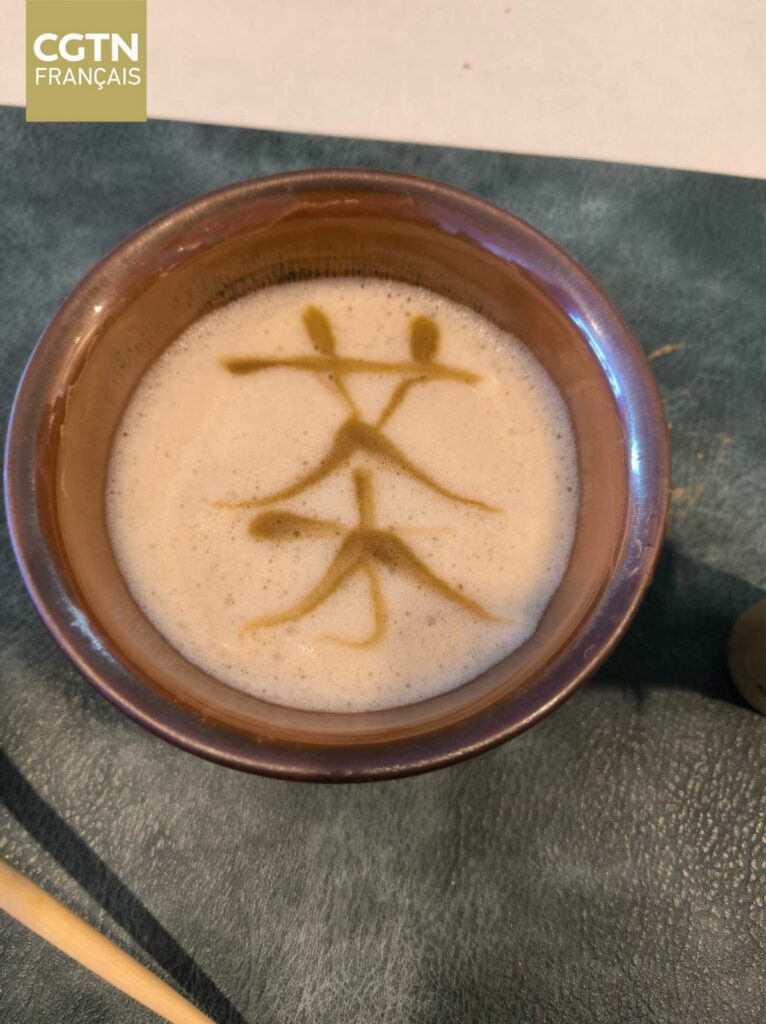
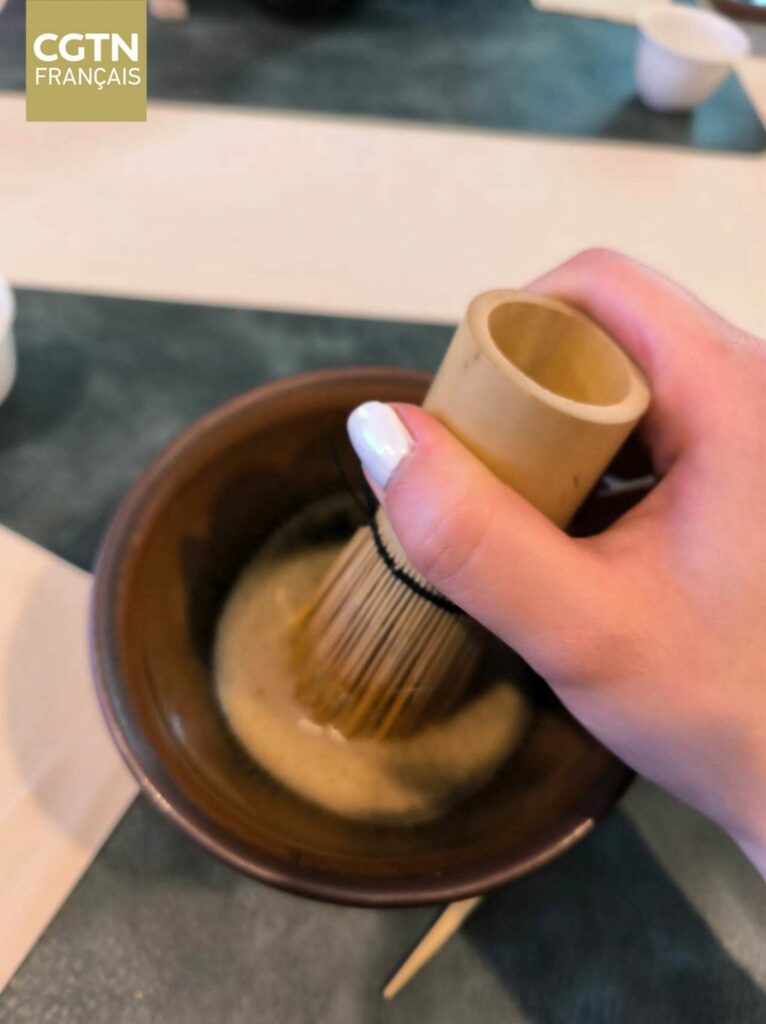
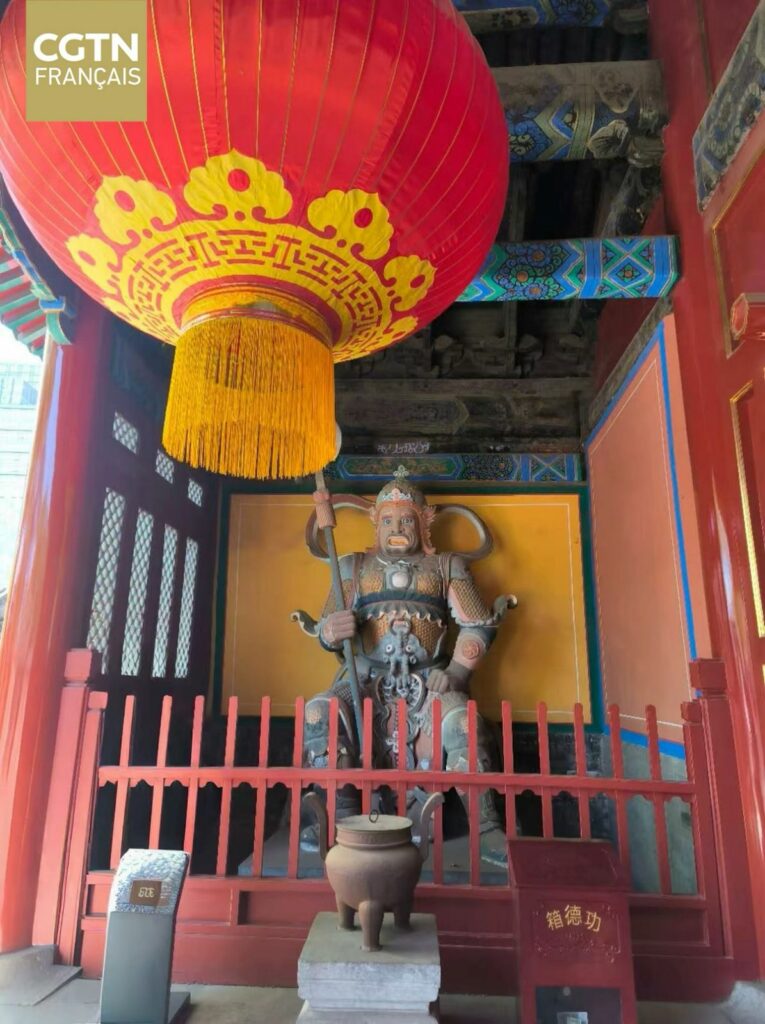
In China, the past and present are separated only by a contemplative gaze. Time here is not linear, but a continuous circle in which ancient wisdom intertwines with the rhythms of modern life. This philosophy revealed itself to me the moment I stepped through the gates of Dongyue Temple, located east of the Forbidden City in Chaoyang District.
Upon entering, I was greeted by the scent of incense offered with devotion by visitors, and I noticed ancient characters engraved in a style reminiscent of oracle bone script—instantly transporting me to another era. Inside the temple’s halls stood life-size wooden statues of deities and mythological Taoist figures, as if they were guardians of the sacred secrets within.
In one corner, I discovered an exhibition dedicated to the Jieqi—the twenty-four solar terms of the traditional Chinese agricultural calendar, based on the movement of the sun. This centuries-old system reflects the deep understanding ancient Chinese people had of the harmony between humans and nature. It governed the rhythms of farming life and marked traditional festivals like Qingming.
But the journey of discovery didn’t end at the temple. It continued with a more intimate experience: participating in a powdered tea preparation ritual. In a quiet room, we sat around a few simple tools: a ceramic bowl, a bamboo whisk, a delicate spoon, and finely ground green tea. The ritual began by warming the bowl with hot water, followed by adding a small amount of tea and water to create a thick paste, then whisking vigorously to form a smooth, velvety foam.
This practice was not merely a method of making tea. It was a lesson in patience, attention to detail, and respect for the present moment. It reflects profound values rooted in Chinese culture—harmony, contemplation, and refined simplicity.
From the temple of wisdom to the tea ritual, Beijing appeared to me as a city pulsating with the spirit of a civilization that remains vividly alive in the everyday details of life. A civilization that sees beauty in the natural rhythm of the world and finds in daily rituals a path to peace and reflection.


